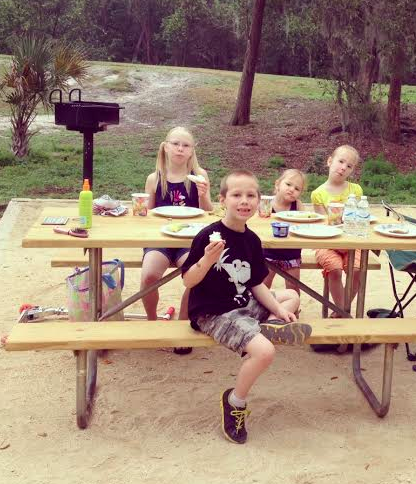I’m always looking for new ways to make healthy items delicious for my kids. We figured out how to make chick peans (garbanzo beans) delicious! These beans are filled with fibrous goodness and my kids simply gobble them down!
First, open up a can of chick peas and rinse the beans. My family usually cooks 2 cans at once since they do not last long! This is mainly to get all the stuff packed in the cans with the beans off. Then pat dry with paper towels.
Layer on a cookie sheet and lightly sprinkle with olive oil. Stir to coat.
Now is the fun part! Sprinkle with your favorite seasonings! We like using Mrs. Dash and sea salt. Sometimes we just use sea salt. Sometimes we add nothing!
Then bake at 350 for about 30 minutes or until crispy.
If you like this recipe, be sure to see a similar recipe for Simple and Delicious Kale Chips. This is also a great recipe if you are looking for THM (Trim Healthy Mama) recipes. This would be an E recipe.
- Olive Oil
- 1 Can Chick Peas
- Sea Salt
- Seasonings of choice
- Drain and Rinse beans
- Pat Dry
- Layer on foil lined cookie sheet
- Sprinkle with olive oil and stir to coat
- Add seasonings




















